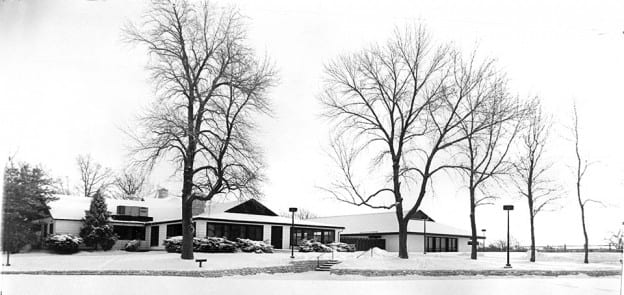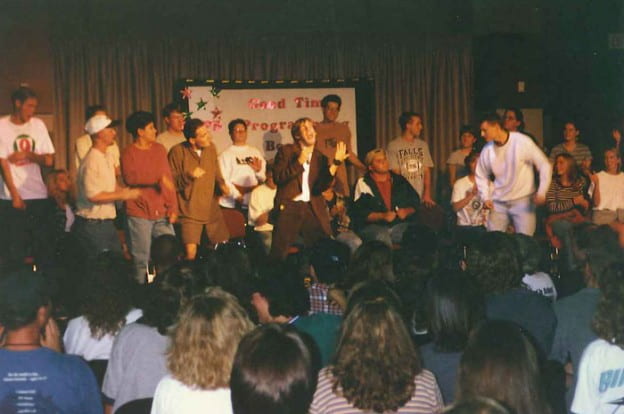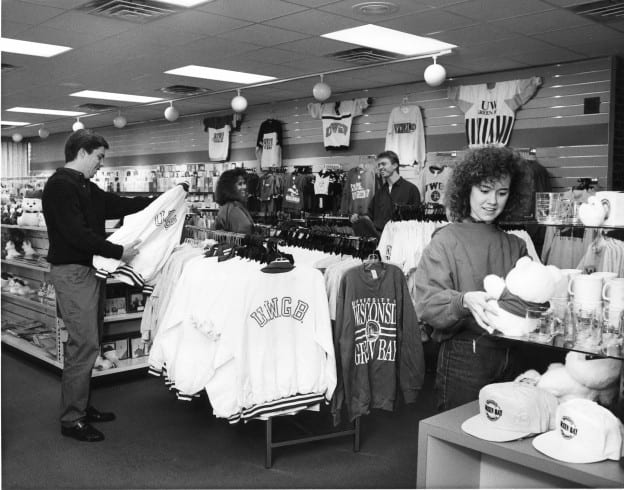…influencing national medical policies through interdisciplinarity.
Before Paula J. Fleurant arrived on the UWGB campus, she had already lived an entire life.
“I graduated from Worcester City Hospital School of Nursing in Massachusetts in 1966 and was a Registered Nurse practicing in both Massachusetts and New Jersey before moving to Green Bay in 1970,” Paula begins. “My courses in nursing school were taught by university professors although the school offered a diploma and not a degree. It was similar to the way Bellin School of Nursing originally operated.”
Paula transferred credits to UW-Green Bay and entered as a second semester with junior standing. She was a non-traditional returning adult student, married with two small children and initially only taking one or two classes per semester. Previously, Paula’s nursing curriculum had been laid out for her, and she had no choice of classes or when to take them. However, the catalog at UW-Green Bay opened many new opportunities, and Paula insists that, “the interdisciplinary aspects of the programs were exciting and challenging.”
Like many non-traditional students, Paula felt immediately embraced by UWGB and its outstanding faculty.
“The university was welcoming to non-traditional students and those of us who were employed while attending school,” Paula says. “Faculty were accommodating and willing to work with you to ensure that your experience would be positive, that you would excel, and that you would graduate with abilities to succeed personally and professionally.”
As an undergraduate, Paula was a student of Dr. Ruth Hartley, known for her work and publications in Early Childhood Education. Hartley’s teaching provided a framework for a special project with Dr. Fergus Hughes on the development of a “Pediatric Play Program” for hospitalized children at St. Vincent Hospital in Green Bay where Paula worked as a Registered Nurse.
Of Dr. Hughes, Paula says, “He was a mentor, counselor and advocate for this program and helped me formalize a proposal to present to hospital administration to initiate such a service. My proposal was accepted with a grant for needed supplies, educational materials, and furnishings.”
Paula was a volunteer director of this program for several years and the program was recognized by physicians, nurses, and administrators as a valuable component of diversion and learning for the hospitalized child. The hospital continued with the program by hiring a Child Life Specialist, and still supports it to this day.
Later, while a UWGB graduate student, Paula worked at St. Vincent Hospital in the field of infectious diseases and developed the first formal program in infection control at the hospital, instituting policies and procedures recommended by the Centers for Disease Control (CDC) in Atlanta, GA, where Paula had the opportunity to study.
“My mentors during this phase of my education were Dr. Alice Goldsby, Dr. Jim Wiersma, and Dr. Lee Schwartz,” Paula explains. “The opportunity to work with these faculty members was invaluable for my work in the Infection Control Program that I continued to direct for thirteen years.”
And thanks to the flexibility in program design that the UWGB graduate school offered, Paula’s master’s program was modeled after a Masters in Public Health, including outbreak investigations and public health education.
“I began receiving requests to lecture in the community on such topics as Lyme disease, AIDS, and hepatitis B,” Paula asserts, “and one of those topics became my graduate thesis: ‘Hepatitis B in Healthcare…A Risk Analysis Approach to Determining Feasibility of a Vaccination Program.’’
Little did she know, but that thesis would lead Paula to influence national medical policy, namely at the Centers for Disease Control.
“I was able to combine school and work by conducting research in the hospital setting and although my thesis results — testing 202 employees at St.Vincent Hospital for possible inadvertent exposure to Hepatitis B through a needlestick — were not statistically significant, the administration decided, based on that sampling, to offer a vaccination program. One year later the Centers for Disease Control (CDC) mandated it nationally.”
Since her retirement, Paula has been a lecturer in the Learning in Retirement Program at UW-Green Bay, a community lecturer and a participant in health programs with the University Health Services, as well as completing a three-year term on the Alumni Association board as Vice-President, and member of the Executive Committee, Scholarships and Awards Committee, and Golf Outing Committee.
Ultimately, Paula admits that her UWGB experience — and its vital interdisciplinarity — was nothing short of transformative, both personally and in her community.
“My education at the University of Wisconsin-Green Bay transformed me from a general staff nurse to a researcher, epidemiologist, educator, patient advocate and contributing member of numerous healthcare and community committees and boards,” Paula insists. “Classes such as public speaking, geography, and a myriad of developmental psychology courses molded me into a confident healthcare professional who has expanded her boundaries beyond the walls of the university and into the Greater Green Bay community. I have had the opportunity to work with a variety of individuals at the university and in the community, and I am proud to be an alumna of the University of Wisconsin-Green Bay.”
Name: Paula J. Fleurant
Grad Year: 1975, 1986
Major: Growth & Development, Environmental Science & Policy
Photo submitted by: Paula Fleurant
—
We’ve asked alumni to either share stories of how their lives were transformed by the UWGB experience or how they are making the world a better place with transformational work in their careers, homes, or volunteer experiences. As UWGB celebrates its 50th Anniversary, meet an alum each week who has experienced a “UW-Green Bay Transformation.” Stories were self-submitted and then edited by Zachary Taylor, a 2010 English Education graduate currently serving as Interim Associate Director of the Phuture Phoenix program.
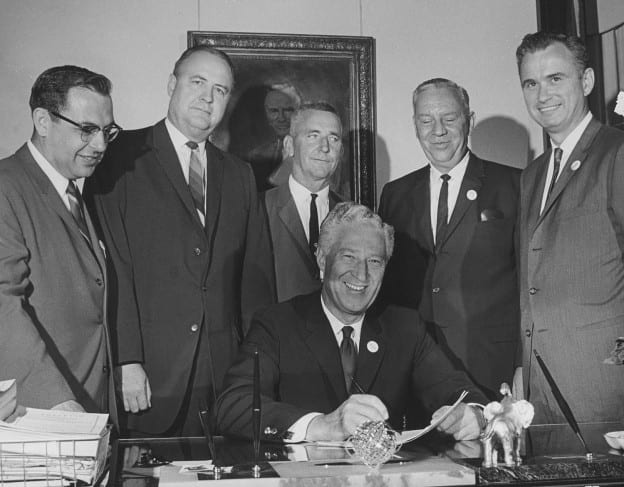
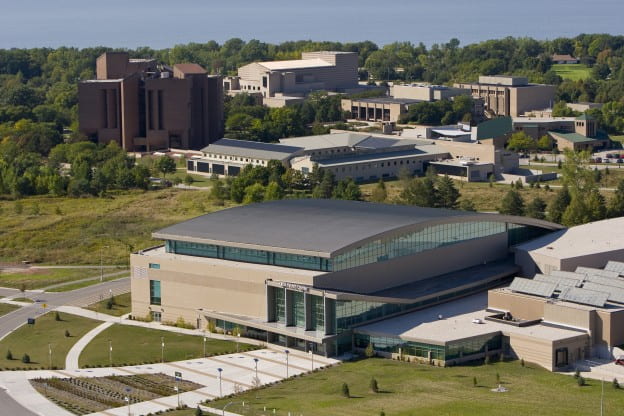
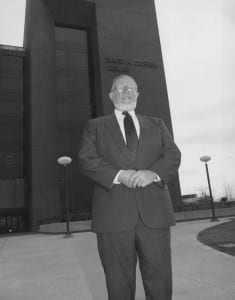
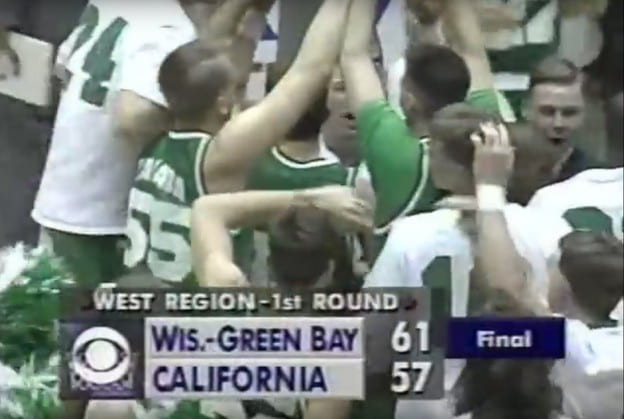


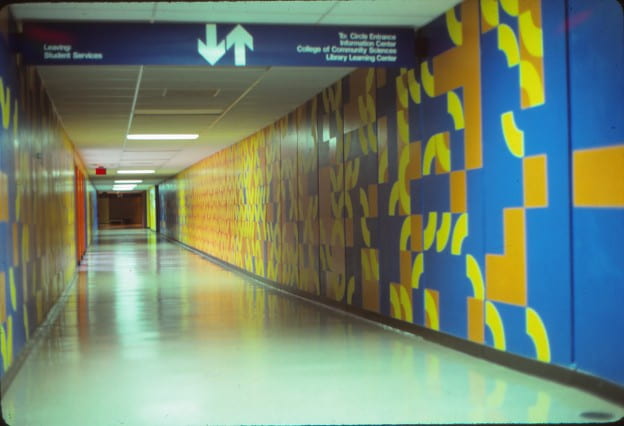
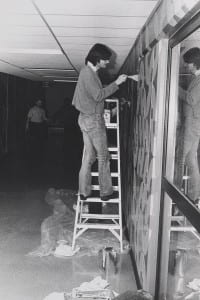 Hey, it was the ’70s. Few architectural features or interior design elements of the mod new UWGB campus turned more heads than the corridor dubbed “Macaroni Hall.”
Hey, it was the ’70s. Few architectural features or interior design elements of the mod new UWGB campus turned more heads than the corridor dubbed “Macaroni Hall.”

